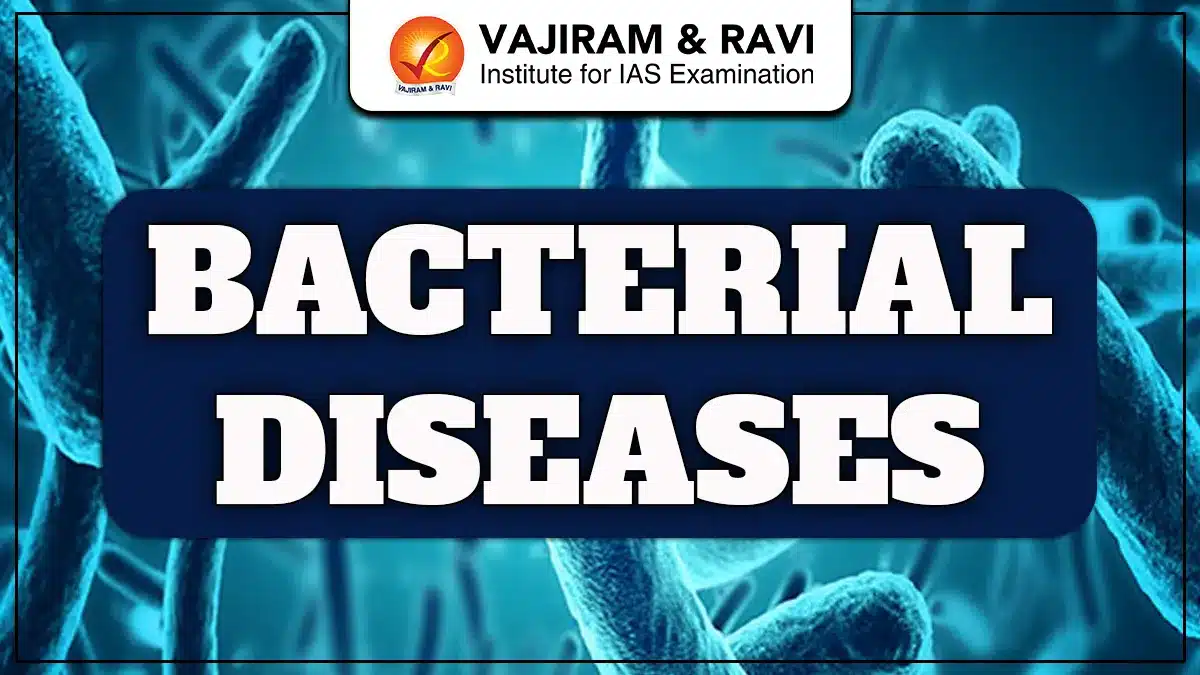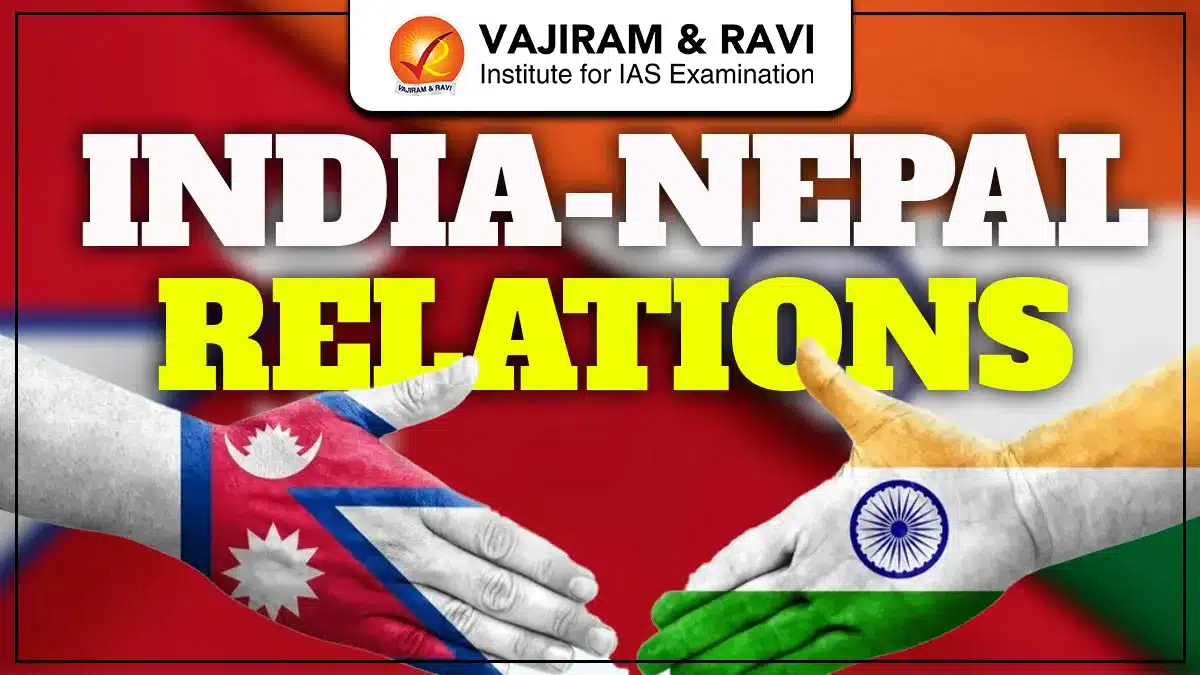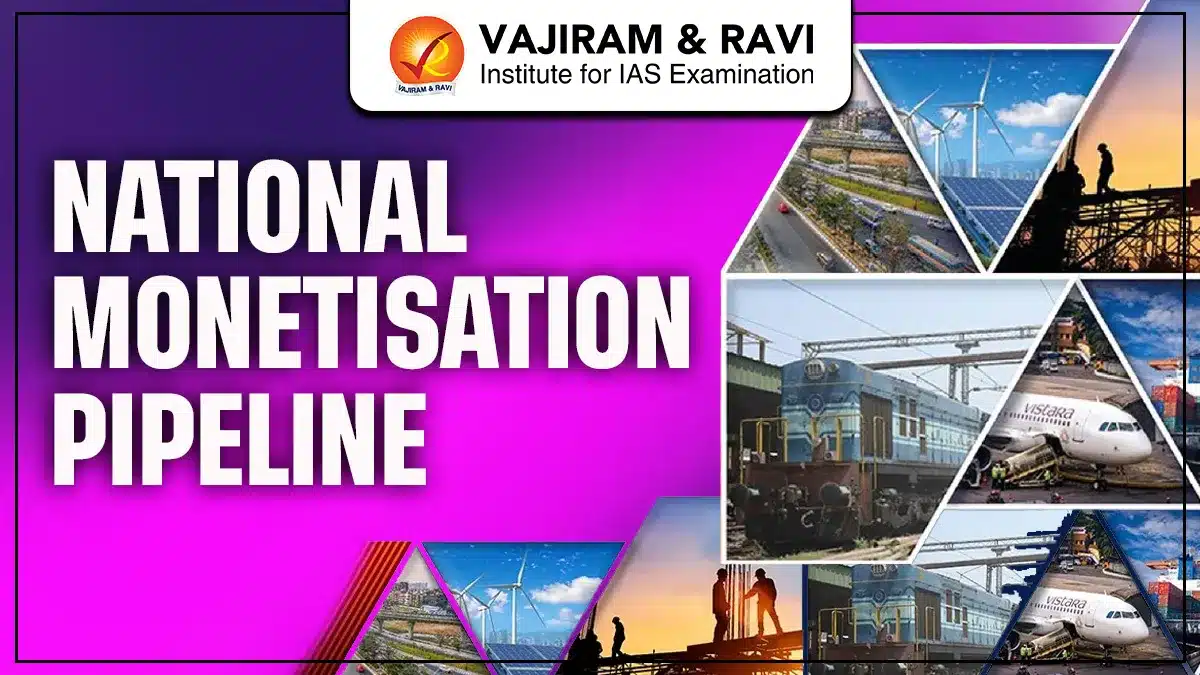The Aspirational District Programme launched by the NITI Aayog in January 2018 aims to transform 112 aspirationals districts across 27 states in India. These districts will be identified on the basis of impact of socio-economic indicators. In this article, we are going to discuss the aspirational districts, their objectives, significance and implications on the Indian Economy.
Aspirational District Programme Overview
The Aspirational District Programme launched in 2018 is a flagship programme launched by the government of India, initiated by the NITI Aayog in collaboration with the state governments. The scheme has the goal to transform 112 most under-developed districts across the country.
| Aspirational District Programme Highlights | |
|
Launch Date |
Jan 2018 |
|
Under the Ministry of |
NITI Ayog |
|
Total number of Districts in ADP |
112 |
|
Total Number of Key Performance Indicators |
5 |
|
Best District in the year 2024 |
Narayanpur district of Chhattisgarh |
|
Ranking Method |
Delta Ranking Method |
What are Aspirational Districts?
- Aspirational Districts are the ones that have low socio economics indicators. With an improvement in these districts, the human development of these districts will also improve. The NITI Aayog is supporting this initiative along with state ministries taking on the responsibility of progressing the aspirational districts.
- On January 7, 2023, Prime Minister Narendra Modi launched the ‘Sankalp Saptaah’ initiative, a week-long program focused on enhancing governance in 500 Aspirational Blocks across 329 districts nationwide.
- This initiative builds on the success of the Aspirational Districts Programme, which, according to the Prime Minister on October 22, 2022, has positively impacted the lives of over 25 crore people in 112 districts. Earlier, on October 17, 2022, NITI Aayog released a baseline ranking for 115 aspirational districts based on a composite performance index across five key areas, laying the foundation for the Aspirational Blocks Programme.
Aspirational District Programme Objectives
The Aspirational District Programme scheme has the following objectives:
- This scheme will raise the living standards of people and ensure Sabka Saath Sabka Vikas i.e. inclusive growth for all.
- Promotes the idea of cooperative federalism by promoting a healthy competition between the districts within the states and then within India to become the best district.
- Districts are provided with all the support that would help them develop and replicate the best practices that would promote progress across socioeconomic themes.
Aspirational Districts Programme Performance Indicators
The performance indicators for Aspirational District Programme are divided in 49 categories under 5 major theme heads-
- Health & Nutrition (30%)
- Education (30%)
- Agriculture & Water Resources (20%)
- Financial Inclusion & Skill Development (10%)
- Basic Infrastructure (10%)
Aspirational Districts Programme Significance
The Aspirational District Programme has the following importance:
- Inclusive Growth Focus: The program ensures inclusive development under the motto “Sabka Sath, Sabka Vikas,” aiming to achieve Sustainable Development Goals (SDGs) for national progress.
- Decentralized Governance: It empowers states and districts to identify unique local challenges and design tailored policy interventions, leveraging their proximity and understanding of the issues.
- Efficient Resource Utilization: Instead of dedicated financial allocations, the program emphasizes better governance, optimized use of existing resources, and improved outcomes without additional funding.
- Replication of Best Practices: Successful initiatives, such as the smart classroom program in Banka, Bihar, have been replicated across aspirational districts in Bihar, Arunachal Pradesh, Odisha, and Jharkhand to improve educational outcomes.
- Collaborative Approach: Partnerships with private sector players, philanthropic organizations, and technical experts infuse innovation into the program and expand its impact, challenging the idea that development is solely the government’s responsibility.
- Healthy Competition: Regular performance assessments among districts encourage competition, allowing aspirational districts to compare and improve against top-performing districts in the country.
Aspirational District Programme Focus Areas
The Aspirational District Programme has the following areas in focus:
- The government has embraced the Sabka Sath, Sabka Vikas, and Sabka Vishwas strategy to foster inclusive growth and enhance living standards.
- The programme promotes active participation in the economy, aiming to unlock the full potential of individuals.
- The Aspirational District Programme prioritizes critical areas such as infrastructure, education, agriculture, water resources, financial inclusion, and health.
- Districts are assessed based on key performance indicators, developed in consultation with diverse stakeholders.
- Leveraging competitive and cooperative federalism, districts work to excel within their states and aspire to rank among the best nationwide.
Aspirational District Programme Challenges
- Limited Variable Coverage: Despite its inclusive intent, the program does not adequately address critical variables such as environmental sustainability and gender equity.
- Sectoral Imbalance: While districts prioritize health, nutrition, education, agriculture, and water resources, there is comparatively less emphasis on skill development and financial inclusion, reflecting an imbalance in program implementation.
- Resource Constraints: Insufficient budgetary resources have led to persistent shortages of human and technical capacity at the district and block levels, impacting effective execution.
- Coordination Challenges: NITI Aayog mentors 27 districts across eight states, while 12 Central Government Ministries oversee others. The involvement of multiple ministries creates coordination difficulties in implementation.
- Focus on Quantity Over Quality: The program emphasizes quantitative metrics, such as access and coverage, over qualitative outcomes. For instance, timely delivery of textbooks is prioritized in the ranking index, but the quality of education receives less attention.
Last updated on January, 2026
→ Check out the latest UPSC Syllabus 2026 here.
→ Join Vajiram & Ravi’s Interview Guidance Programme for expert help to crack your final UPSC stage.
→ UPSC Mains Result 2025 is now out.
→ UPSC Notification 2026 is scheduled to be released on January 14, 2026.
→ UPSC Calendar 2026 has been released.
→ UPSC Prelims 2026 will be conducted on 24th May, 2026 & UPSC Mains 2026 will be conducted on 21st August 2026.
→ The UPSC Selection Process is of 3 stages-Prelims, Mains and Interview.
→ Prepare effectively with Vajiram & Ravi’s UPSC Prelims Test Series 2026 featuring full-length mock tests, detailed solutions, and performance analysis.
→ Enroll in Vajiram & Ravi’s UPSC Mains Test Series 2026 for structured answer writing practice, expert evaluation, and exam-oriented feedback.
→ Join Vajiram & Ravi’s Best UPSC Mentorship Program for personalized guidance, strategy planning, and one-to-one support from experienced mentors.
→ UPSC Result 2024 is released with latest UPSC Marksheet 2024. Check Now!
→ UPSC Toppers List 2024 is released now. Shakti Dubey is UPSC AIR 1 2024 Topper.
→ Also check Best UPSC Coaching in India
Aspirational District Programme FAQs
Q1. Which ministry launched the Aspirational District Programme?+
Q2. What is the Aspirational District Programme?+
Q3. What is ADP in NITI Aayog?+
Q4. How many aspirational districts are there in India in 2024?+
Q5. How many aspirational districts have been identified by NITI Aayog?+
















